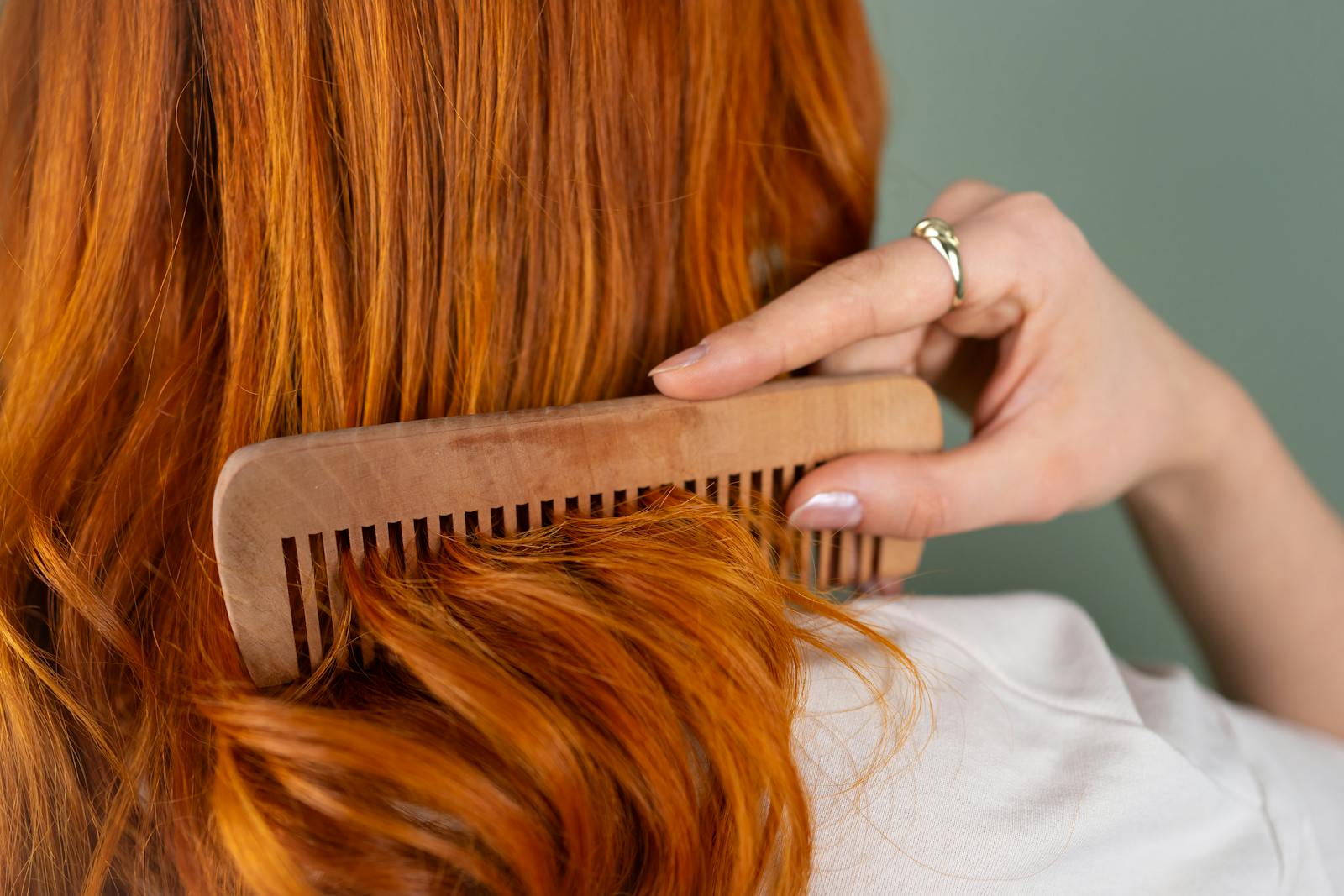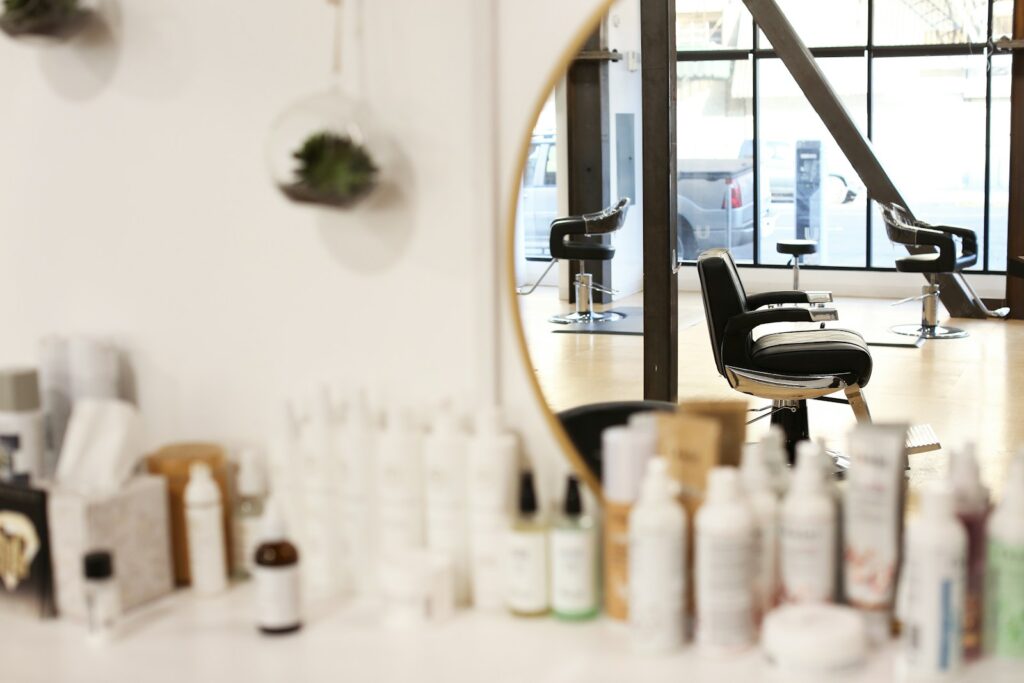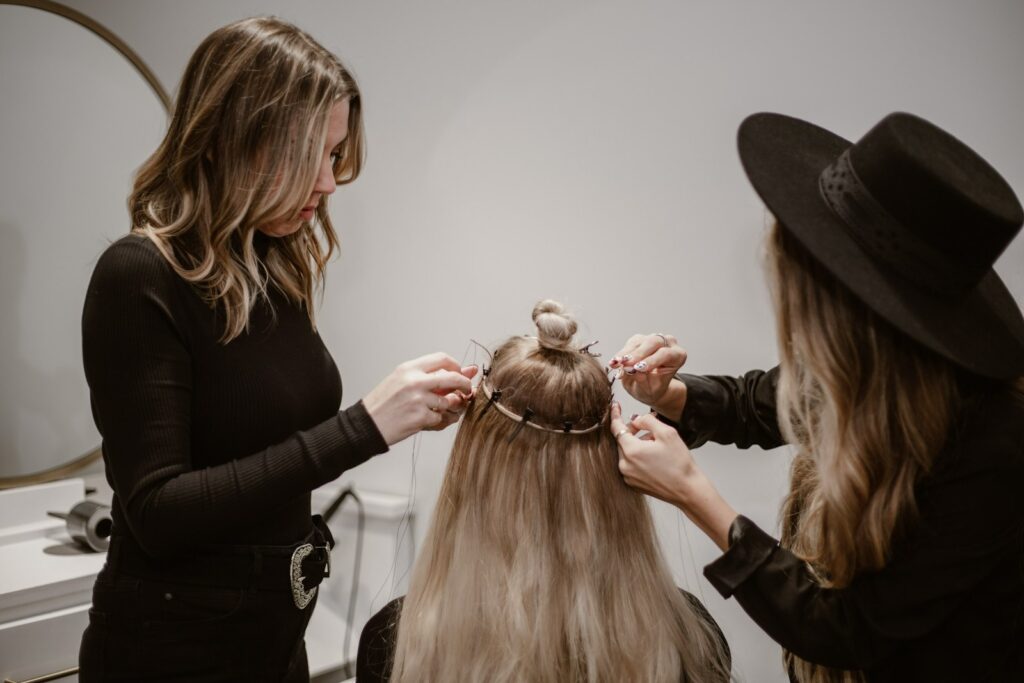Knowing your hair type means more than deciding if it’s straight, wavy, or curly. Porosity indicates how well your strands absorb and retain moisture. A quick hair porosity test at home can explain why certain products work perfectly for you while others just sit on top without sinking in.
Lightweight products are suitable for low-porosity hair because tightly sealed cuticles make it harder for moisture to penetrate. Thicker creams that feel great on high-porosity hair can only weigh down low-porosity strands. For high-porosity types, the goal is to seal in moisture, as raised cuticles lose hydration quickly. Therefore, your routine should vary depending on your results.
The Simple Float Test You Can Do Right Now
There’s an easy way to check porosity at home, and the float test tends to be the most accurate. Take a clean strand of hair, free of any oils or products, and drop it into a glass of water. Watch how it behaves for a few minutes.
How to read your float test results:
- Hair floats at the top: Low porosity. Cuticles are tightly closed, making it difficult for moisture to enter.
- Hair sinks slowly or stays in the middle: Medium or normal porosity. This balance usually means healthy hair.
- Hair sinks quickly to the bottom: High porosity. Cuticles are raised, allowing moisture to enter easily but also escape quickly.
Use strands that are clean and completely dry to get accurate results. Wait at least five minutes before judging how your hair sits in the water, as some types take longer to reveal their true porosity.
Read More: The Science of Shiny Hair: What Really Works
How Porosity Changes Your Product Strategy
Porosity often shapes the best approach to caring for your hair. Low-porosity hair has a harder time absorbing moisture, so lighter products are key to preventing buildup. You may notice that it takes a long time for your hair to become fully wet or dry, which is another indication that it has low porosity.
People with high porosity hair often apply products in layers: liquid first, then oil, then cream, to trap in moisture. Low-porosity hair tends to perform better when flipped, using the LCO method that starts with lighter products before heavier ones. Applying styling products to damp hair, rather than soaking wet hair, can also help with absorption.
High-porosity curls and coils retain moisture best with rich leave-ins and heavier sealants, while low-porosity strands stay shiny and smooth with lighter hydration products. If your hair has low porosity, avoid protein-heavy conditioners, as excessive protein can actually dry out your hair and lead to breakage.
Read More: DIY Hair Care with Ingredients from Your Kitchen
Understanding Your Hair’s Unique Needs
Medium porosity hair is generally the easiest to manage, although its texture can change over time due to factors such as heat styling, coloring, or sun exposure. This type holds curls, waves, and updos well without much fuss, balancing both moisture and structure naturally.
Try keeping things simple. Too many products can weigh hair down, especially if it’s low porosity. Sometimes, one well-chosen product works better than several layered together. Testing for porosity and knowing the difference between low and high types can completely reshape how you choose and use your hair care products.
If you’re ready to make your routine work for you, try the float test today. Determine where your hair falls, then select products that complement its moisture retention. It’s a small step that can change the way your hair looks and feels.
Read More: Seasonal Hair Care: Protecting Your Locks in Summer vs. Winter




